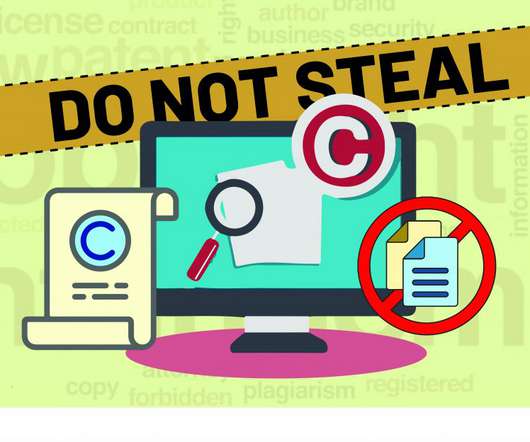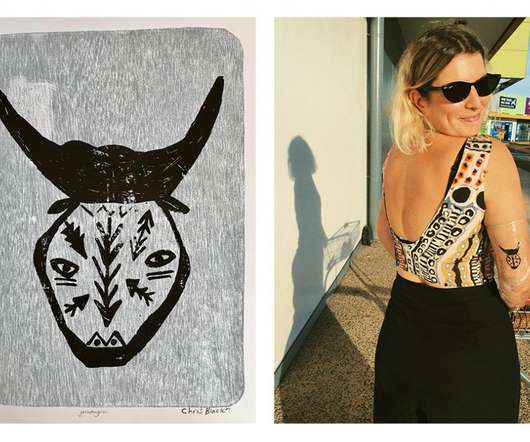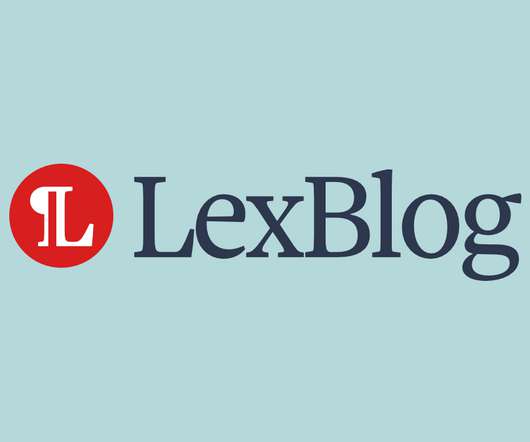Best practices to avoid copyright infringement
Biswajit Sarkar Copyright Blog
JULY 19, 2022
What is copyright infringement? Unauthorized use of a work protected by copyright is referred to as copyright infringement. In this blog we will take a look at best practices to avoid copyright infringement. In this blog we will take a look at best practices to avoid copyright infringement.












Let's personalize your content